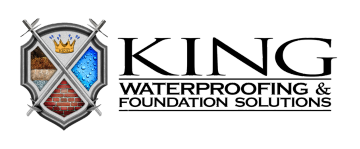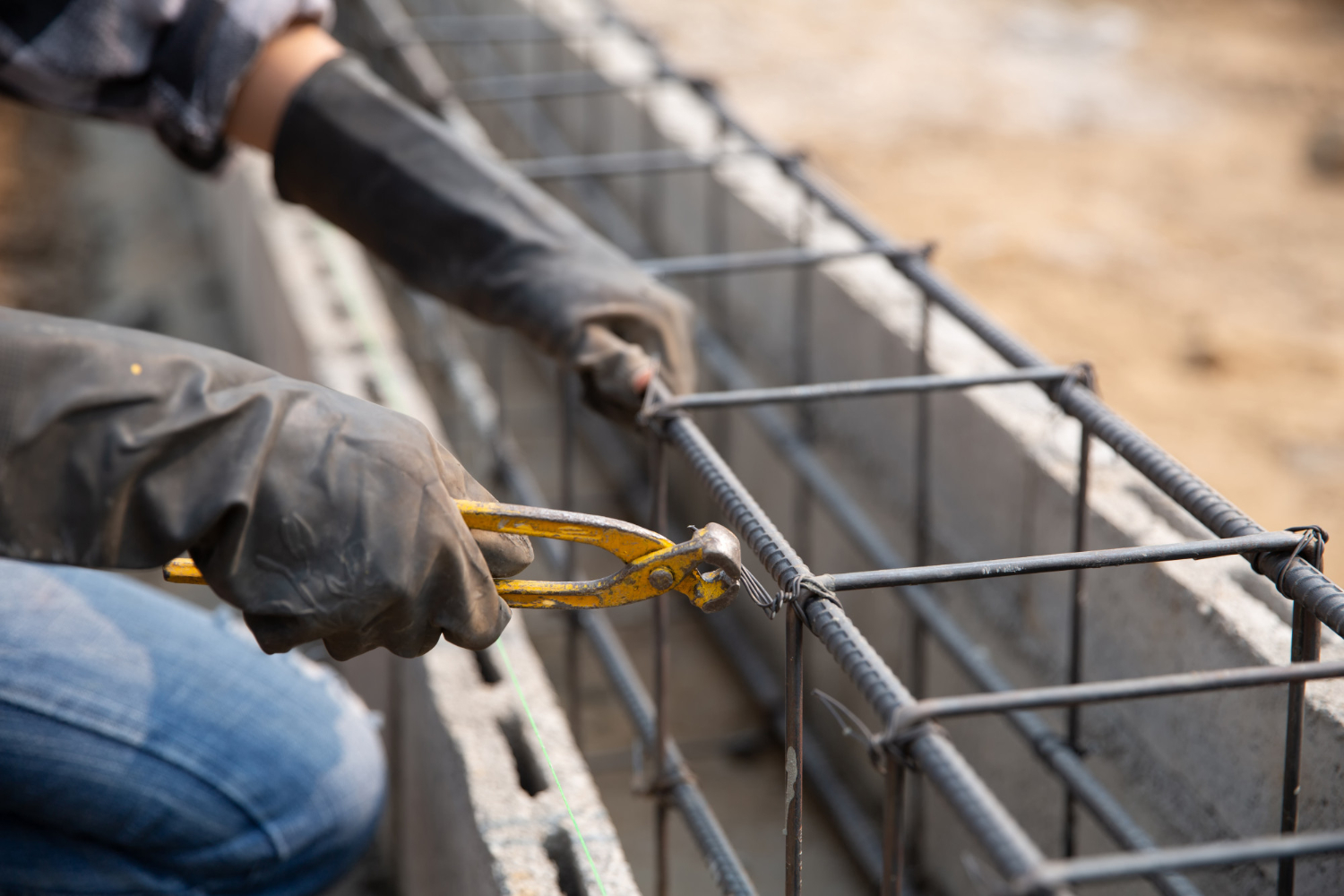A foundation does more than keep your home steady. It supports everything above it. If it starts to shift or settle, the rest of the house feels the impact. Cracks in the drywall, sticking windows, and uneven floors often aren’t just minor problems. They’re usually signs something deeper is going on. In Quincy, where the soil and weather can change fast, a strong foundation is key to keeping your home safe year-round.
One repair method that stands out when traditional options fall short is helical pier foundation repair. Most homeowners haven’t heard the term before, but this solution can make a real difference when your foundation starts to fail. We’re going to walk through how helical piers work, what signs might suggest you need them, and why they’ve become such a close fit for homes across Quincy.
What Are Helical Piers?
A helical pier is a long steel shaft with spiral-shaped blades, similar to a large screw. These blades help it twist deep into the ground, locking into more stable layers of soil that don’t shift as easily as the surface does. That solid anchor point helps support your foundation from underneath and prevents more settling.
Most helical piers are made of galvanized steel, which can stand up to moisture and weather without breaking down. That makes them a great choice in areas like Quincy that experience a lot of seasonal changes. Rain, drought, freeze, thaw—helical piers are built to hold steady through it all.
Here’s how the installation usually goes:
1. Crews dig out a small area near the affected part of your foundation.
2. Using small hydraulic machines, the piers are screwed into the ground until they hit a stable depth.
3. Once in place, brackets are attached from the pier to the foundation.
4. The structure’s weight is then transferred from the shifting upper soil to the secure pier below.
This process usually takes less time than more traditional foundation repair, and it doesn’t require a large crew or heavy excavation. It’s often cleaner, faster, and easier on the yard around your home.
Signs Your Foundation May Need Helical Piers
Houses naturally settle a bit over time. But not all movement is harmless. Some shifts signal problems with the structure or with the soil it’s built on. Helical piers are most helpful when surface plugs and patchwork repairs no longer hold. Recognizing the signs early can save you from bigger trouble down the line.
Keep an eye out for these common issues:
– Cracks forming in drywall or brick that continue to grow
– Uneven floors or sudden sloping that affects furniture
– Doors or windows that stick or don’t align correctly anymore
– Gaps between walls and floors or ceilings
– Front steps or decks pulling away from the main structure
Let’s say you have a crack in the living room wall that’s doubled in length since spring. Or a window upstairs is now jammed despite no warping from paint or age. These signs should prompt a closer inspection, not a wait-and-see approach. When more than one of these problems shows up, chances are the root cause goes deeper than what’s visible.
Helical piers come into play when settling or shifting is too deep for surface repairs to help. They reach through the problem layers down to stronger soil, giving the house a firm new base. Taking action early helps prevent damage from spreading and saves money by limiting how much needs to be fixed later.
Benefits Of Using Helical Piers For Foundation Repair
When dealing with unstable soil or constant foundation problems, helical piers can be a reliable fix. They’re designed to create a new, lasting point of support for your home—even when the topsoil can’t hold up on its own. That makes them a smart repair choice in many Quincy neighborhoods where clay, sand, or shifting moisture levels mess with the ground.
Here’s why homeowners choose helical piers:
– They reach deep into stable soil to provide long-term support
– Work in all kinds of ground types, including dry, soft, or sandy areas
– Don’t require massive excavation or big repair crews
– Can be installed quickly and cleanly, even around landscaping
– Do well in both dry and wet seasons, holding strong year-round
– Made from materials that resist rust and breakdown over time
Helical piers also give you more control over the depth of support. Since different parts of a property might have different soil strength, installers can adjust how far each pier goes. That flexibility helps make sure the new foundation support is as solid as possible.
For homeowners dealing with repeat settling, cracked walls, or other structural concerns, switching to a deep support system like this can bring lasting peace of mind. It fixes the issue at the source instead of just covering up the symptoms.
When To Schedule A Professional Inspection
Some foundation concerns are easy to spot. Cracks in walls. Uneven floors. A porch that’s pulling away. But other times, changes happen slowly or go unnoticed until they cause real damage. That’s why it’s good practice to get a professional opinion when you sense something isn’t right.
A good time to schedule an inspection would be:
– When wall or floor cracks start to spread
– If door frames seem off or doors keep sticking
– When it feels like one part of your house has sunk more than the rest
– After buying an older home or preparing to sell one
– Following a season of heavy rain or long drought
Central Illinois gets a lot of moisture swings during the year. One season might bring weeks of dryness that shrink the ground, followed by fast rains that flood and soften it again. That kind of shift strains your foundation and can speed up damage. Getting ahead of the issue with an inspection ensures you have time to react early.
Even if you’re unsure whether you need repairs, a professional can walk through the signs with you. They know what’s minor and what calls for deeper support like helical piers. The cost of waiting can be a lot higher than the cost of looking into it sooner.
Time to Secure Your Foundation
Your house doesn’t rest on what you see—it stands on what’s underneath. When that base weakens, it shows up in cracked walls, stuck doors, and sloping floors. Over time, those signs tend to get worse. Helical pier foundation repair is a strong choice for Quincy homeowners facing those challenges.
This method works when others fall short, and it holds steady across changing seasons and varying soil types. Whether your home is new or decades old, keeping the foundation secure keeps the rest of the structure safe too.
If the signs are creeping in or you’re unsure about what’s going on beneath your feet, getting a second look is a smart move. This kind of repair doesn’t have to mean tearing up your yard or waiting on full-scale construction. It can be fast, clean, and lasting. And most of the time, catching the problem early makes all the difference.
Considering all the signs and benefits of using helical pier foundation repair, it’s a smart move to take action early to protect your home in Quincy. To see how this solution can offer long-term support for your home’s stability, learn more about helical pier foundation repair. Let King Waterproofing & Foundation Solutions help keep your home safe and steady for years to come.


